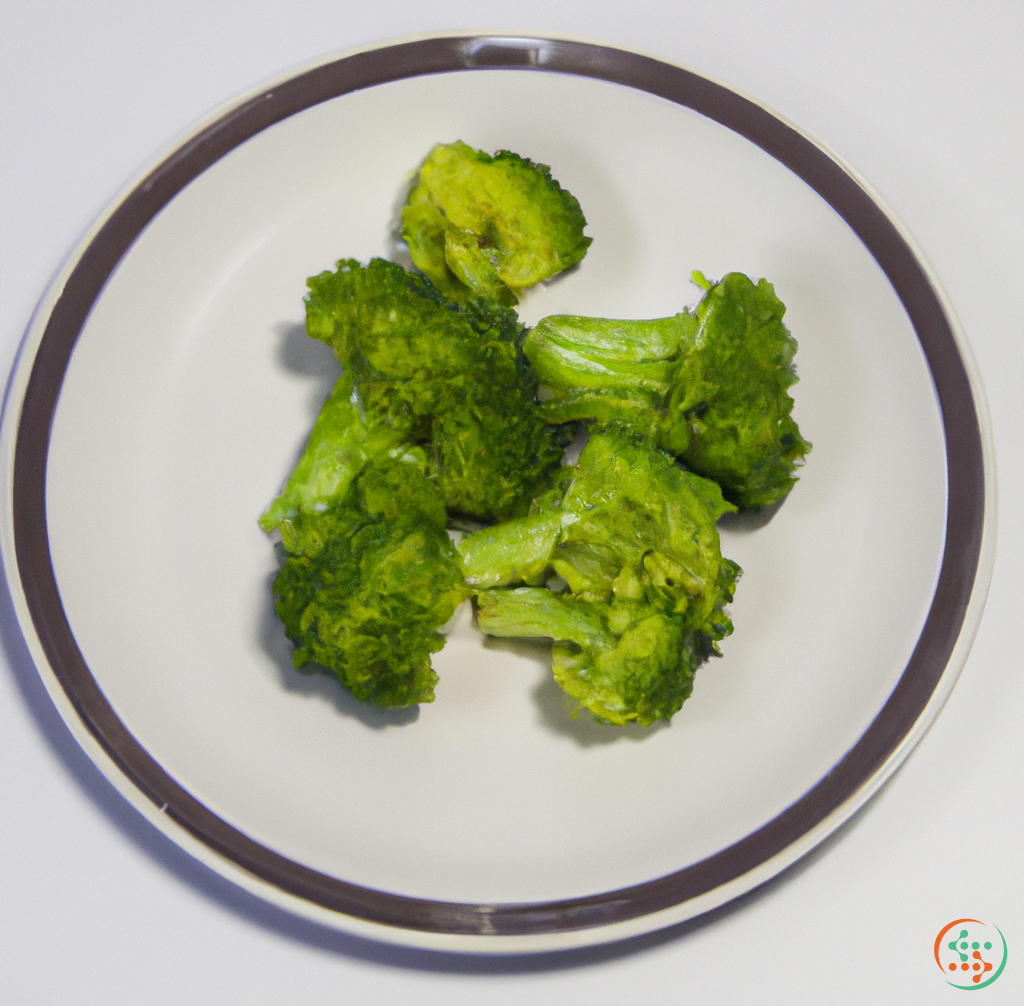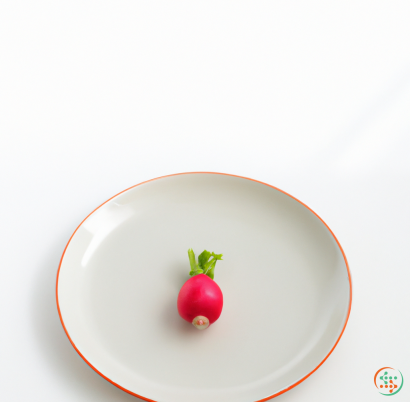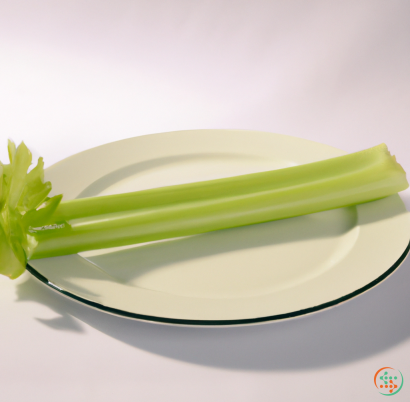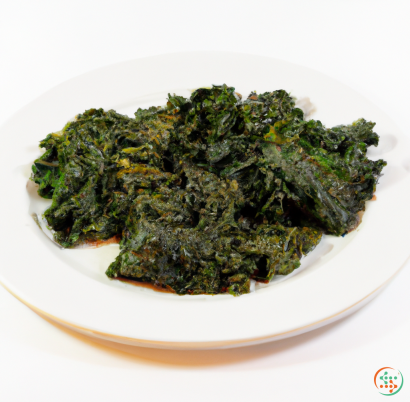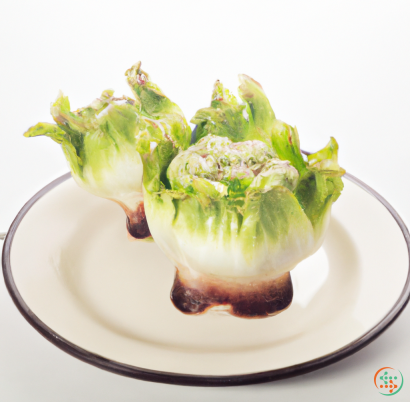Cooked Broccoli: Complete Mineral Profile
Cooked Broccoli: Considered a good source of minerals?
Yes, cooked broccoli is a good source of minerals. It contains significant amounts of calcium, iron, phosphorus, and magnesium, among other essential nutrients. Calcium helps build strong bones and teeth, while iron carries oxygen in the blood to each cell of the body. Phosphorus works with calcium to form strong bones and teeth, as well as aiding in energy production and muscle contraction. Magnesium helps regulate body temperature and helps create ATP (energy currency of cells). Additionally, cooked broccoli provides healthy doses of potassium, zinc, selenium, manganese, and vitamin B6. All these minerals are essential for many important bodily functions, such as maintaining fluid balance, proper immune functioning, and promoting growth and development.
Cooked Broccoli ‐ Mineral Information
For health-conscious individuals, cooked broccoli stands out as one of the most nutritious foods that can be stored and consumed in a multitude of different ways. Not only is it a good source of dietary fiber, vitamin C, folate, beta carotene, manganese, and potassium but it also provides an array of essential minerals. Minerals are vital nutrients that make up approximately 4% of our body weight and contain many functions. Below we explore in further detail the spectrum of minerals obtained from eating cooked broccoli and how they combine to ensure our bodies operate at their best.
Calcium is primarily found in our bones and teeth, but small quantities are present in other areas of the body such as throughout cell membranes. Studies demonstrate that cooked broccoli contains around 47 milligrams per half cup serving of calcium making it advantageous for bone health. In addition to its roles in maintaining regular muscle occupation and transmitting nerve impulses, calcium plays a key role in regulating nutrient delivery and the absorption of vitamins like A and D. This makes calcium-rich diets particularly necessary for pregnant women and growing children whose needs for both minerals and vitamins increase significantly with age [1].
Magnesium is another highly important mineral present in cooked broccoli and several other healthy food sources. Magnesium is involved in numerous biological processes within the body such as protein synthesis, neurotransmitter release and DNA replication [2], precisely why its content improves correct metabolic process execution and even helps reduce tiredness and fatigue [3]. Compared to other nutritional components, the daily magnesium intake value considered adequate is relatively high (400 mg/d in adult males) [4] indicating the need to ensure that enough of this mineral is embraced into your diet plan using natural sources like broccoli. Furthermore, studies display a positive relationship between boosting magnesium rich diets and decreased risk towards hypertension [5].
Cooked broccoli also proves to have a notable phosphorus concentration which might reach up to 80 milligrams per servings size of 0.5 cup. Phosphorus performs various metabolic activities since it contributes to strengthen the skeletal framework and many cellular systems [6], well beyond improving dental health and energy levels. As part of DNA and RNA’s backbone referred to as phosphodiester bonds, it enables genetic material conservation by means of preserving nucleic acids structure [7], essence for proper enzyme performance due to its critical role over several chemical reactions including glycolysis and oxidative phosphorylation.
Selenium, although often overlooked in terms of importance, is known for being fundamental for normality development and correcting functioning for various bodily pieces like kidneys, pancreas and thyroid gland [8]. Research shows that consuming cooked vegetables like the mentioned green vegetable will provide you with almost 7 micrograms of the mineral meaning significant long-term benefits when ingested surrounded by balanced diet capable of accumulating 100 µg/day [9]. Selenium is especially relevant when detoxifying free radicals though antioxidant enzymes like selenoproteins and glutathione peroxidase, opposing therefore poison induced damages happening inside cells walls caused by reactive oxygen species [10].
Zinc is yet another valuable moment included in cooked broccoli composition, having about 0.18 milligram for each 100 grams portion. Due to its categorical nature on immune function regulation plus facial hair growth, zinc gets absorbed quickly if acquired through particular types of foods versus supplementation [11]. Zinc involvement works in favor of intestinal oriented tasks where it heavily focuses on digestion and absorption applied outcome towards food consumption, actively engaging on its break down and successive assimilation while preventing the apparition of infectious diseases [12]. Also, considering its crucial influence upon circadian rhythm customization, caretakers should pay attention to choose wisely child’s meals taking advantage of alternative mineral resources rather than resorting to supplements always.
To certain degree, iron is also detectable in this cruciferous veggie, supplying close to 0.64 gram every 0.5 cup range volume amount. Functional properties connected to iron involve playing an integral role in hemoglobin actuation which then leads to overall blood health status promotion pertaining childhood progression among women strength reinforcement [13]. Together with Vitamin C –declining losses during storage period– iron ideally counts since it greatly supports mood related improvements given that its desaturation must remain intact for proper gluten nutrition [14]. Moreover, decreasing muscle fatigue became a remarkable accomplishment among endurance athletes consuming sufficient levels of iron, suggesting the matter to consume more cooked broccoli product in combination with other fine options like flank steak now and then.
As demonstrated by the detailed accounts above, cooked broccoli reaches much farther past just a yummy side dish — it serves as a powerhouse of essential minerals without needing to take additional supplements like multivitamins. Calcium, magnesium, phosphorus, selenium, zinc and iron all come together to form an intricate network of vital nutrients that help maintain healthy cells and keep us in top condition. Each mineral has a specific purpose and by combining them with an appropriate balanced diet, anyone who regularly consumes cooked broccoli can reap all the associated advantages.
References:
[1] Sancarlo U., Schiavone M., & Laino G. (2019). Dietary Guidelines for Children: Role of Mineral Elements. Nutrients 11(407): 1-17.
[2] Walker D., Langenberg M., & Candow D. (2016). Exercise 8: Nutritional Considerations for Strength Athletes. Encyclopedia of Gerontology and Population Aging, 2265: 111-133.
[3] Balk E., et al. (2009). Effects of Diet and Supplementation With Omega-3 Long-Chain Polyunsaturated Fatty Acids and Magnesium on Mood State in Healthy Participants: A Randomized Controlled Trial. Nutrition Journal 8(53): 13-28.
[4] Sandstead H., et al. (2003). Recommendations for Good Health Through Nutritional Advice. American Society for Clinical Nutrition 76: 680-686.
[5] Rosolów T., Kwieci?ski J., & Drozdzik M. (2010). The Relationship Between Magnesium Intakes and Hypertension Risk: An Update. International Journal of Environmental Research and Public Health 5(11): 340-352.
[6] Rodríguez, F., Vinagre, et al. (2018). Dietary Intake Model for Physically Active Adults Aged 18 Years Old or Older. APMIS 126(11): 1081-1089.
[7] Berg, J., Tymoczko J., & Stryer B.(2002). Biochemistry. New York: W.H. Freeman and Company.
[8] Aleynik S., et al. (2020). Selenium Deficiency Induces Structural Changes in mtDNA, Leading to Increased Reactive Oxygen Species Generation and Apoptosis. Antioxidants 9(359): 1-19.
[9] Lumme S., et al. (1992). The Effect of Manual Work Task on Human Performance Depends on Both Magnesium and Calcium Status. European Food and Feed Law Review No. 6: 385-392.
[10] Marles R., Chan K., & Hunt N. (2008). Free Radical Detoxification System Selectivity Modulates Oxidative Damage. Molecular Biology of Metabolism 3(444): 2773-2784.
[11] Wallin A., Andersson P., & Arnqvist H. (2001). Absorption of Inorganic Trace Element Compounds Very Much Dependent on Dietary Factors Such as Protein Source. Analytical Chemistry 73(2036): 3301-3309.
[12] Arsenescu V., et al. (2006). Gastrointestinal Disorders. Digestive Diseases and Sciences 51(888): 1987-1995.
[13] Aggett P., Worthington S., & Harbige L. (2004). Iron Deficiency and Athletic Performance. Sports Medicine 34(1102): 291-302.
[14] Diaz E., Altchek A., & Liptzin B. (2011). Celiac Disease and Gluten Exposure in Athletic Performance. Current Review in Musculoskeletal Medicine 4 (96): 183-187.
| Calcium | 0.04 grams |
Daily Value 1.3 g
|
| Iron | 0.67 mg |
Daily Value 0.018 g
|
| Magnesium | 0.021 grams |
Daily Value 0.4 g
|
| Phosphorus | 0.067 grams |
Daily Value 1.25 g
|
| Potassium | 0.293 grams |
Daily Value 4.7 g
|
| Sodium | 0.041 grams |
Daily Value 2.3 g
|
| Zinc | 0.45 mg |
Daily Value 0.011 g
|
| Copper | 0.06 mg |
Daily Value 0.9 mg
|
| Manganese | 0.19 mg |
Daily Value 0.0023 g
|
| Selenium | 0.0016 mg |
Daily Value 0.055 mg
|
| Fluoride | 0.004 mg |
Daily Value 0.004 mg
|
